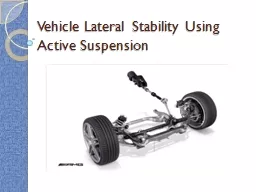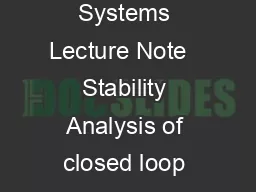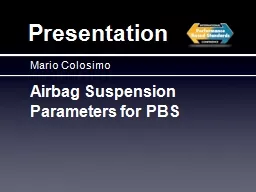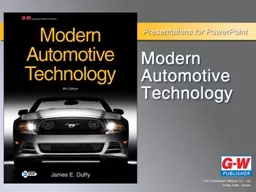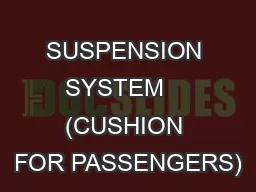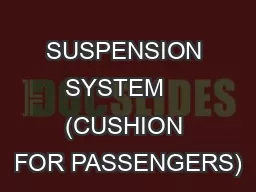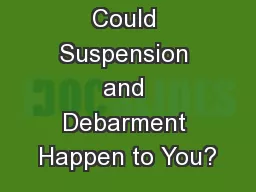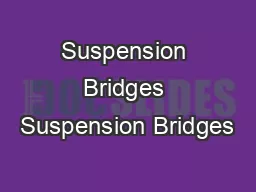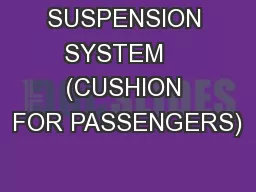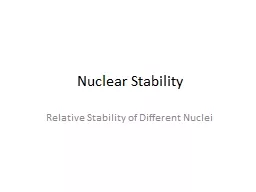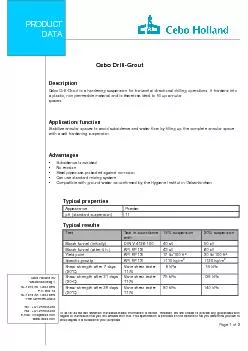PPT-Vehicle Lateral Stability Using Active Suspension
Author : alexa-scheidler | Published Date : 2016-11-17
Introduction Lateral stability in vehicles depends on the ability to corner at speeds without skid in the lateral direction Lateral motion stability is achieved
Presentation Embed Code
Download Presentation
Download Presentation The PPT/PDF document "Vehicle Lateral Stability Using Active S..." is the property of its rightful owner. Permission is granted to download and print the materials on this website for personal, non-commercial use only, and to display it on your personal computer provided you do not modify the materials and that you retain all copyright notices contained in the materials. By downloading content from our website, you accept the terms of this agreement.
Vehicle Lateral Stability Using Active Suspension: Transcript
Download Rules Of Document
"Vehicle Lateral Stability Using Active Suspension"The content belongs to its owner. You may download and print it for personal use, without modification, and keep all copyright notices. By downloading, you agree to these terms.
Related Documents

